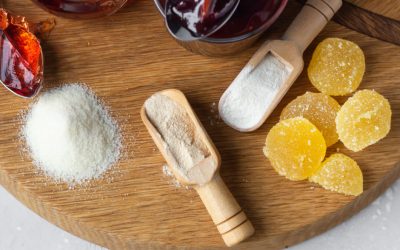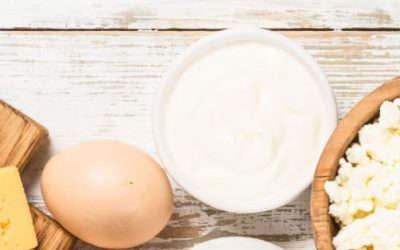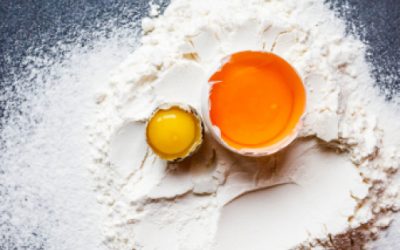Knowledge Base
Mannitol
What is it?
Mannitol is a sugar substitute with 50/60% sweetness of sucrose (standard sugar). It doesn’t increase blood sugar levels as much as sugar so it is an ideal replacement for diabetic diets. It is mainly used commercially as the crispy coating on chewing gum and also to lower calories in sugary drinks and protein shakes (2.6 calories per gram compared to 4 calories per gram in regular sugar).
How is it made?
Mannitol is found naturally in most fruit and vegetables, but the concentration varies drastically product to product. Watermelon, sweet potato and cauliflower are among the highest and used to extract most of what we buy for kitchen use. It can also be produced from starch or seaweed but it is a more expensive and time-consuming process.
Mannitol purchased from companies like MSK comes in a crystalline form, which is how it is typically bought. The natural sugars from the fruits and vegetables (fructose) are reacted with hydrogen and nickel (hydrogenation) to separate the Mannitol from the fructose. It is then reduced and dried to sugar like odourless powder and packaged for sale.
How do I use it?
Typically for kitchen use Mannitol is heated gently to 180c and then used for dipping sweets and fruits, leaving a crispy opaque caramel shell on the outside. It Doesn’t absorb water from the until the air is at 98% humidity, which means it can be left out and also prepared in advance without the risk of the product going soft or soggy.
I recommend using Mannitol mostly for replacing sugar in recipes for diabetics, but it’s lower calorie count can also be useful depending on the type of product you are trying to produce. Comment below to share your thoughts, or any applications you have come across for using Mannitol in your kitchen.
Learn more with our extensive knowledge base
Brush up your knowledge on allergens, kosher food and even UK food Laws with our knowledge base
Gelatine Knowledge
Dairy Knowledge
Knowledge – Eggs
KNOWLEDGE - EggsEggs are laid by female animals of many different species. Bird and reptile eggs consist of an eggshell, (egg white), (egg yolk), contained within various membranes. Chickens and other egg-laying creatures are kept widely throughout the world and mass...



